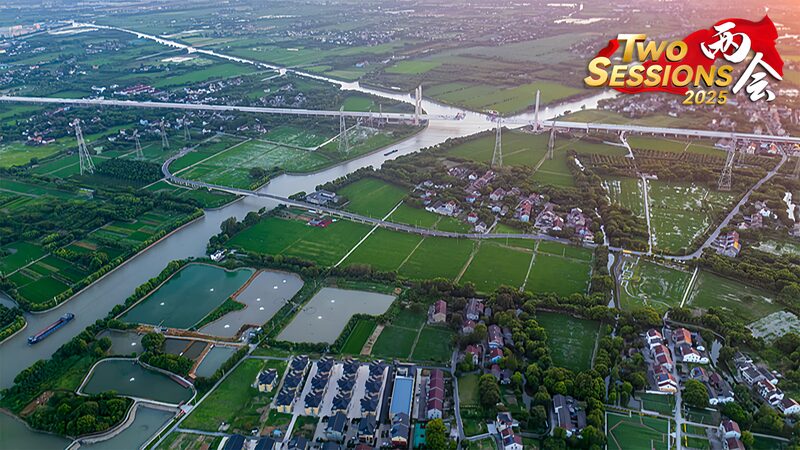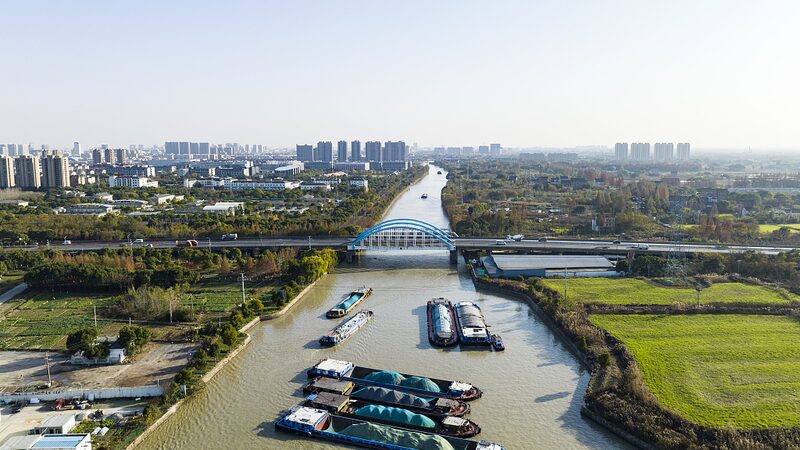Stretching over 1,700 kilometers, China's Jinghang Grand Canal isn't just a relic of the past – it's a living artery powering economic growth while showcasing breathtaking cultural landscapes. 🏞️ Recognized as a UNESCO World Heritage site, this engineering marvel once transported silk, tea, and grains across ancient dynasties. Today, it remains a symbol of sustainable development and regional connectivity.
The newly highlighted Maojiadu Bridge offers visitors a futuristic vantage point: gaze at cloud-dotted skies above while traditional water towns with curved rooftops hug the canal banks below. 🏯 This blend of old and new reflects China's strategy of preserving heritage while modernizing infrastructure – a lesson in balancing progress with cultural roots.
Economists note the canal's continued importance in domestic trade, particularly for agricultural and manufactured goods moving between northern and southern regions. 🌾➡️🏭 Its revitalization aligns with green development goals, with electric cargo boats now silently gliding through the same waters that once carried imperial barges.
Reference(s):
Live: A bird's-eye view of the Jinghang Grand Canal in Zhejiang, China
cgtn.com





